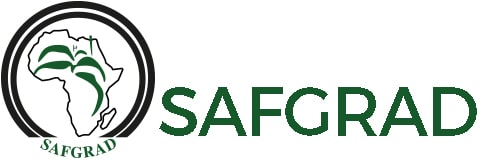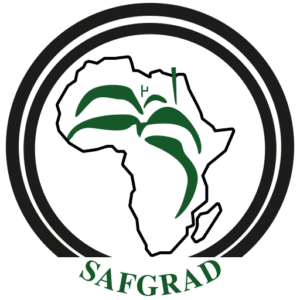Enhancing Food Security through Control of Parasitic Weeds in Africa ‘s Crop Production
The purpose of this initiative is to enhance food security, improve farm income and boost crop production through reduction of yield losses caused by Striga hermonthica; therefore increasing the profitability of crop production and improve the livelihood of farming households. The initiative aims to achieve its purpose through:
- Verification of on-farm striga control technology packages for countries in different sub-regions of Africa ;
- Scaling up and scaling out of packages of proven striga control technologies in areas where the technologies have demonstrated noticeable socio-economic advantages and therefore is acceptable to farmers;
- Production and promotion of seeds of improved striga tolerant resistant crop varieties and legume trap crops;
- C ommunication and outreach activities not only to reach out more beneficiaries of the technologies but also to reach out to policy makers and further improve the impact of the project;
- Building alliances on Striga control and management for harmonization of efforts and achievement of bigger impact; and Capacity building activities
Striga is a parasitic weed that significantly reduces crop (e.g. maize, sorghum) yield, hence undermining efforts to raise productivity and improve farm incomes. The global objective of this action line is to enhance food security, improve farm income and boost crop production through control of parasitic weeds.
Annually, this program is mainly composed of two major activities: The first activity concerns the enhancement and sustainability of a regional partnership network and the second activity, is focused on Capacity Building and Training Support to national efforts. It is structure in a way that the first activity is supported by the African Union budget program while the second activity is supported by a contribution from the Korean Government, a partner since the inception of the program in 1999 till 2008. Review and planning workshops are usually held in the first trimester of each year with attendance from participating national scientists, IITA and other experts on striga research and control. Small grants (8000 to 12000 USD) were provided to NARIs of participating countries to undertake field activities on Striga control. The actual number of participating countries is: Burkina Faso, Benin, Cameroon, Cote d’Ivoire, Ghana, Niger, Nigeria, Togo, Sudan and Botswana.
The following were published:
a) Highlights of the technical meeting on research and control of Striga and maize streak virus in Africa, 15-16, December 2005, Ouagadougou – Burkina Faso;
b) Union Africaine/SAFGRAD, Manuel de Formation en lutte participative contre le Striga en Afrique, Ouagadougou, 2007;
c) Review & Planning workshop Africa Striga research and control program, 17-18 March, 2008, Abidjan, Cote d’Ivoire;
d) Scientific Monitoring Tour of the collaborative Striga research and control program in Africa 2007;
e) Report on consultative workshop for building strategic alliances for effective Striga research and control in Africa. Ouagadougou, 20-21 June 2007;
f) Annual Report 2007 – Collaborative Striga research and control program in Africa.
In 2010, AU SAFGRAD prepared a document to study the lessons learned from the above mentioned initiative . A workshop was held in October 2010 to revise with the participating countries the achievements and calling for recourse mobilization.
Video of the Workshop: Interview of Dr Ahmed ELMEKASS on striga



